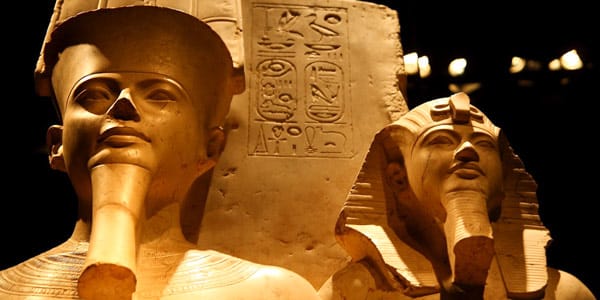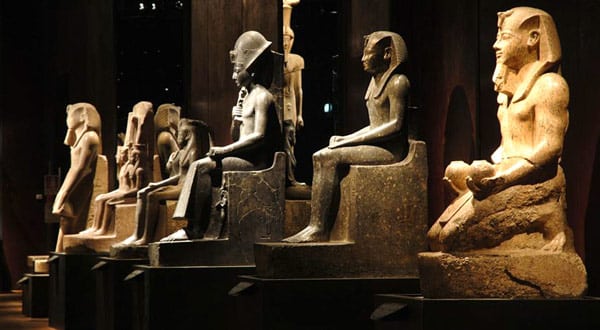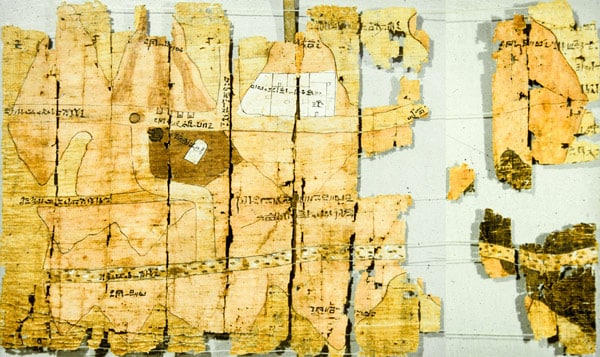One of the main attractions in Turin is the Egyptian Museum (Museo Egizio), which houses the largest collection of exhibits in Europe and the second largest in the world dedicated to the history and culture of Egypt. While in Turin, try to find the time to visit this museum; you won’t regret it. In terms of richness and the value of its collection, it is second only to the Egyptian Museum in Cairo.
Page Contents
History of Establishment
The Egyptian Museum in Turin traces its history back to the 18th century when the Sardinian king, Carlo Emanuele III, began assembling a collection of objects related to Egypt. The first item in the collection was a tablet brought to the king from the temple of the Egyptian goddess Isis. After it came into the king’s possession, he sent the scholar Vitaliano Donati to Egypt to search for other similar antiquities. Donati’s efforts led to the collection being enriched with 300 ancient artifacts.
However, the official founding date of the Egyptian Museum is recognized as 1824, when Carlo Felice, the king of Sardinia at the time, decided to acquire the Egyptian collection of Bernardino Drovetti. Drovetti, who served as the Consul General of France in Egypt, had gathered many antiquities. The “Egyptian theme” was highly popular in Europe during that period, and the museum’s collection quickly expanded. Prominent Egyptologists such as Jean-François Champollion and Ernesto Schiaparelli also made contributions. The formation of the collection continued into the 20th century, with the museum’s last significant addition being a miniature temple from Nubia in the 1960s.
Until 2012, the Egyptian Museum was located in the same building as the renowned Sabauda Art Gallery (Galleria Sabauda). Subsequently, the gallery “moved” to one of the rooms in the Royal Palace (Palazzo Reale), and the museum gained additional space, including part of the basement. The museum building itself underwent reconstruction and restoration in anticipation of the Winter Olympics in Turin.
Most Interesting Exhibits
The Egyptian Museum’s collection comprises more than 30,000 exhibits. The most valuable items include those retrieved from the tomb of one of the most beautiful women to have ever lived on Earth, the famous Queen Nefertiti. These include jewelry, combs, everyday objects, and other items that, according to ancient Egyptian beliefs, could be of use to the deceased queen in the afterlife.
Various papyri are of great significance to historians, archaeologists, and Egyptology enthusiasts. The most famous is the “Royal Papyrus,” a scroll listing all the historical and mythological figures who ever ruled Egypt.
In the scroll, not only are the names of rulers mentioned, but also their major achievements are briefly described. The total length of the papyrus is approximately 170 centimeters. However, it is not a single scroll but a multitude of fragments of varying sizes (some of them slightly larger than a centimeter). This happened because the fragile scroll disintegrated into small fragments during transportation to Turin, and restorers had to work diligently to preserve it.
Another intriguing scroll in the museum’s collection is the Turin Erotic Papyrus. For a long time, this scroll, which measures over 2.5 meters in length, was stored in storage and was not properly assessed by historians.
Now, it is included in the main exhibition. The scroll consists of 27 erotic drawings interspersed with illustrations of a satirical nature. In the same museum, there is also a papyrus map measuring 280×41 centimeters, making it the world’s oldest geographical map.
In the sculpture hall of the museum, you can see statues of pharaohs and sphinxes. On the second floor, there is an extensive collection of mummies, embalming tools, and fragments of scrolls that are part of the Book of the Dead.
Another fascinating part of the Turin Egyptian Museum’s exhibition is the collection of items placed in ancient Egyptian officials’ tombs: gold jewelry, pottery, tools, and even food. The museum houses bread baked over three thousand years ago. It now resembles a lump of clay, but it’s astonishing that it has survived to this day.
Opening Hours and Ticket Prices
The Egyptian Museum in Turin is located at Via Academia delle Scienze, 6 – right in the city center, so finding it is straightforward. The museum is open every day from 8:30 AM to 7:30 PM, except on Mondays and Christmas Day (December 25th).
Tickets can be purchased at the museum’s ticket office or on its official website: www.museoegizio.it. The ticket prices are as follows:
- Regular admission: 18 euros.
- Senior (Over 70): 15 euros.
- Age 15 to 18: 3 euros.
- Age 6 to 14: 1 euro.
- Age 0 to 5: Free Admission.
Interesting Facts about the Egyptian Museum in Turin
- The Egyptian Museum in Turin houses an astounding collection of over 30,000 artifacts spanning 5,000 years of history, rivaling Egypt’s own collections.
- Napoleon’s expedition to Egypt in 1798 contributed significantly to the museum’s inception in 1824, bringing back numerous historical artifacts.
- An exquisite replica of the Rosetta Stone, which was pivotal in deciphering hieroglyphs, is displayed at the museum.
- In 1903, the museum’s archaeologists uncovered the “Royal Cache” in Deir el-Bahri, a discovery that included 60 royal mummies and invaluable historical items.
- The museum’s extensive collection includes a captivating array of mummies, some remarkably well-preserved, providing a unique glimpse into ancient Egyptian burial customs.
 Italy for me From Italy with love
Italy for me From Italy with love




